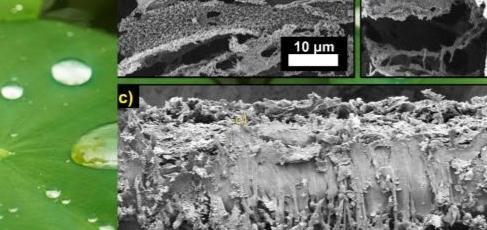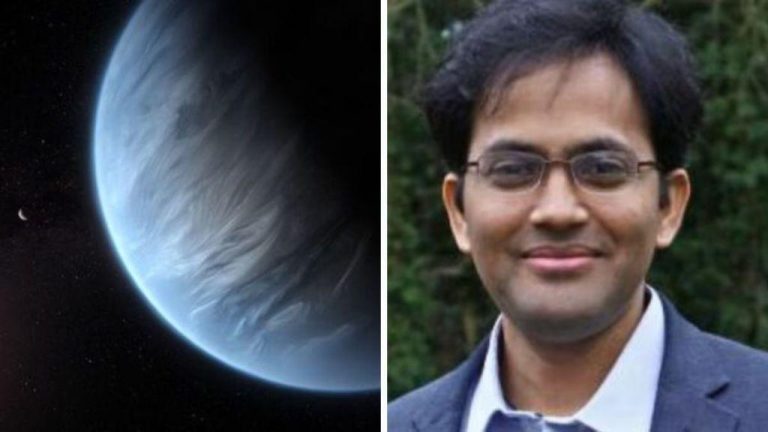
Cement that can help building generate their own electricity developed
In a groundbreaking innovation, researchers at Southeast University in China have created a cement-hydrogel composite that can generate and store electricity. This revolutionary development could pave the way for future buildings, roads, and bridges to power embedded sensors and wireless communication systems directly through their structure. The research was published in the journal Science Bulletin, a leading international science and technology journal.
The cement-hydrogel composite is made by incorporating a hydrogel, a type of polymer that can absorb and release water, into traditional cement. This unique combination allows the cement to generate electricity through a process known as piezoelectricity, which is a phenomenon where certain materials produce an electric charge in response to mechanical stress.
The researchers tested the cement-hydrogel composite by applying mechanical stress to it, such as stretching or compressing, and found that it was able to generate a significant amount of electricity. This electricity can then be stored and used to power small devices such as sensors, which are commonly used in buildings to monitor temperature, humidity, and other environmental factors.
The potential applications of this innovation are vast. Imagine buildings that can power their own sensors and communication systems without the need for external power sources. This could greatly reduce energy consumption and improve the overall efficiency of buildings. Roads and bridges could also be embedded with sensors that generate electricity through the movement of vehicles, providing a sustainable source of power.
The researchers believe that this technology could be especially useful for remote or rural areas where access to traditional power sources may be limited. “This technology could provide a new way to supply power to remote areas, such as rural villages or disaster-stricken areas, where traditional power infrastructure may be damaged or non-existent,” said Dr. Wang, the lead researcher on the project.
The creation of this cement-hydrogel composite is the result of several years of research and experimentation by the team at Southeast University. The researchers used a combination of theoretical modeling and experimental testing to develop the optimal composition and structure of the cement-hydrogel composite.
The team’s findings were published in the journal Science Bulletin in an article titled “Piezoelectric cement-hydrogel composite for self-sustaining buildings.” The article provides a detailed description of the research and its results, as well as the potential applications and future directions of the technology.
This innovation has the potential to revolutionize the way we think about energy generation and consumption in buildings. By integrating sensors and wireless communication systems directly into the structure of buildings, roads, and bridges, we can create more efficient, sustainable, and resilient infrastructure.
As the world continues to urbanize and population growth puts pressure on traditional power sources, innovations like this cement-hydrogel composite could play a crucial role in meeting our energy needs. By embracing new technologies and materials like this, we can create a more sustainable future for generations to come.
Source:
https://www.sciencedirect.com/science/article/abs/pii/S2095927325002816






